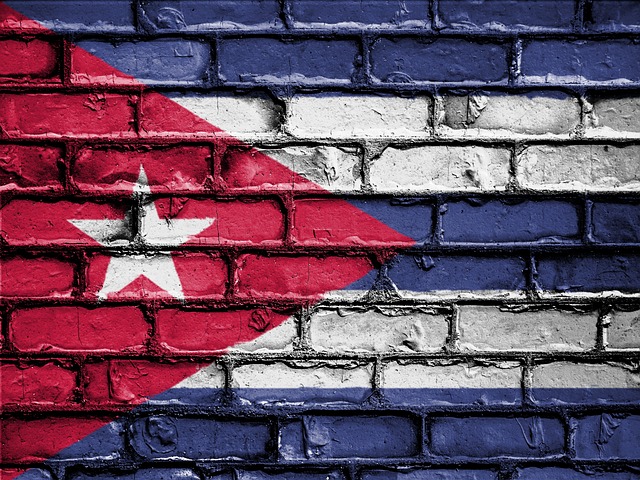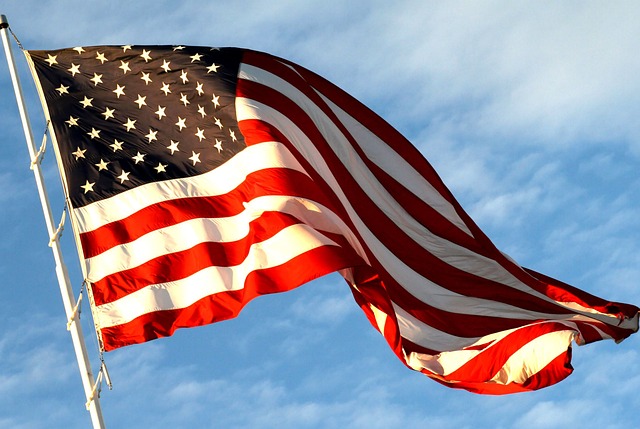The American Flag Peace Sign is a powerful and enduring symbol that fuses national pride with pacifist ideals. Originating in the anti-nuclear movement of the mid-1900s, it has come to represent a commitment to peace, particularly during times of conflict like the Vietnam War era. It stands as a sign of hope, democracy, and social justice, transcending its origins to be recognized globally as an emblem of nonviolent protest. Today, it is prominently featured in various social movements, symbolizing solidarity, unity, and a shared commitment to upholding American values while advocating for peaceful resolutions on both national and international stages. This iconic sign encapsulates the dual aspirations of honoring one's country and striving for a harmonious world, highlighting the nation's capacity for embracing diverse identities and perspectives.
Embark on a journey through the heart of American identity, where the vibrant hues of the American Flag Peace Sign intertwine with the harmonious ideals of peace and unity. This article delves into the evolution and significance of this powerful symbol, tracing its origins as a potent emblem within the peace movement and its role in reflecting the complex tapestry of American pride and activism. Join us as we explore how this gesture, a simple yet profound blending of patriotism with pacifism, has left an indelible mark on history and continues to resonate in contemporary movements for harmony.
- Embracing Unity: The American Flag Peace Sign as a Symbol of Pride and Harmony
- The Evolution of Protest: How the American Flag Peace Sign Became an Icon of the Peace Movement
Embracing Unity: The American Flag Peace Sign as a Symbol of Pride and Harmony

The American Flag Peace Sign, a gesture that artfully intertwines the symbols of national identity with the ethos of peace activism, has emerged as a powerful and poignant symbol in contemporary America. This sign, created by codifying the American flag into the iconic peace sign shape, represents a harmonious blend of American pride and a commitment to peaceful protest. It speaks to a collective yearning for unity and understanding amidst the complexities of modern society. The fusion of these two potent symbols in one is a testament to the nation’s diversity and its people’s capacity for empathy, reflection, and change. It serves as an affirmation that one can stand both proudly behind their country’s values and simultaneously advocate for global harmony.
In recent times, the American Flag Peace Sign has become a visual manifesto for those who wish to show their allegiance to America’s foundational principles while also expressing a desire for peace and cooperation. This symbol encapsulates the duality of holding space for both love of country and a pursuit of peace that transcends borders. It is a powerful visual language, used by individuals from all walks of life to convey messages of solidarity, hope, and a shared vision for a more peaceful future. The use of this sign in various social movements underscores its significance as a unifying beacon in an increasingly polarized world.
The Evolution of Protest: How the American Flag Peace Sign Became an Icon of the Peace Movement

The American Flag Peace Sign, a symbol that intertwines the threads of national identity with a fervent call for peace, has traversed a remarkable evolutionary journey since its inception. Born out of the anti-nuclear movement of the 1950s and 1960s, it emerged as an alternative to the traditional clenched fist, representing a more inclusive and non-violent stance towards activism. This gesture became particularly iconic during the Vietnam War era, as it encapsulated the complex feelings of those who opposed the conflict: love for their country alongside a yearning for its principles to be upheld through peaceful means. The sign, which involves holding the right hand’s index and middle fingers extended upward while the palm faces forward, quickly spread across various peace movements, becoming a universal language of pacifism and resistance.
As the decades unfolded, the American Flag Peace Sign was adopted and reinterpreted by diverse groups, each imbuing it with their own meaning and hue. From civil rights activists to environmental campaigners, this symbol has transcended its original context, becoming a universal emblem of hope for peace, democracy, and social justice. Its adoption in countless rallies, protests, and acts of solidarity across the nation and beyond has solidified its place as an icon of the peace movement, reflecting the enduring spirit of America’s founding ideals: liberty, justice, and peace. The sign, now a staple in the visual lexicon of nonviolent protest, stands as a testament to the power of symbols to unite disparate voices under a common cause for peace.
